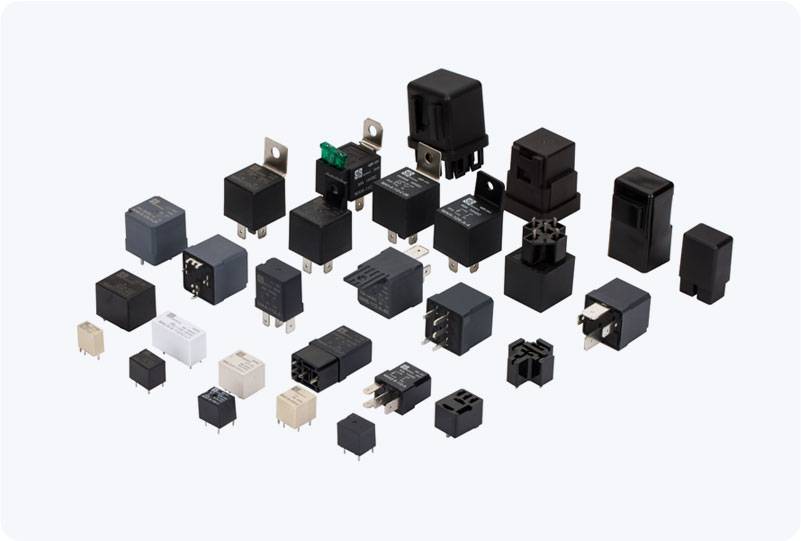ground fault protection relay: ensuring electrical safety and system reliability
Release time:2025-05-19 12:44:08
Ground fault protection relays are crucial components in electrical systems designed to safeguard against hazardous ground faults that could compromise system integrity and personnel safety. These relays are used to detect abnormal conditions in a power distribution system, such as the unintended flow of current to the ground, and initiate protective measures before damage or accidents occur. This article explores the functions, importance, and types of ground fault protection relays in modern electrical systems.

The Role of Ground Fault Protection
A ground fault occurs when there is an unintended connection between an electrical conductor and the ground or a grounded object. This type of fault can arise from damaged insulation, equipment malfunctions, or environmental factors. In the event of a ground fault, the current that escapes through the fault path can create dangerous conditions, including electrical fires, equipment damage, and even electrocution hazards.
The primary role of a ground fault protection relay is to detect this abnormal current flow and promptly disconnect the faulty section from the system. This swift response is vital in minimizing the risk of further damage, protecting both equipment and people in the vicinity of the fault.

